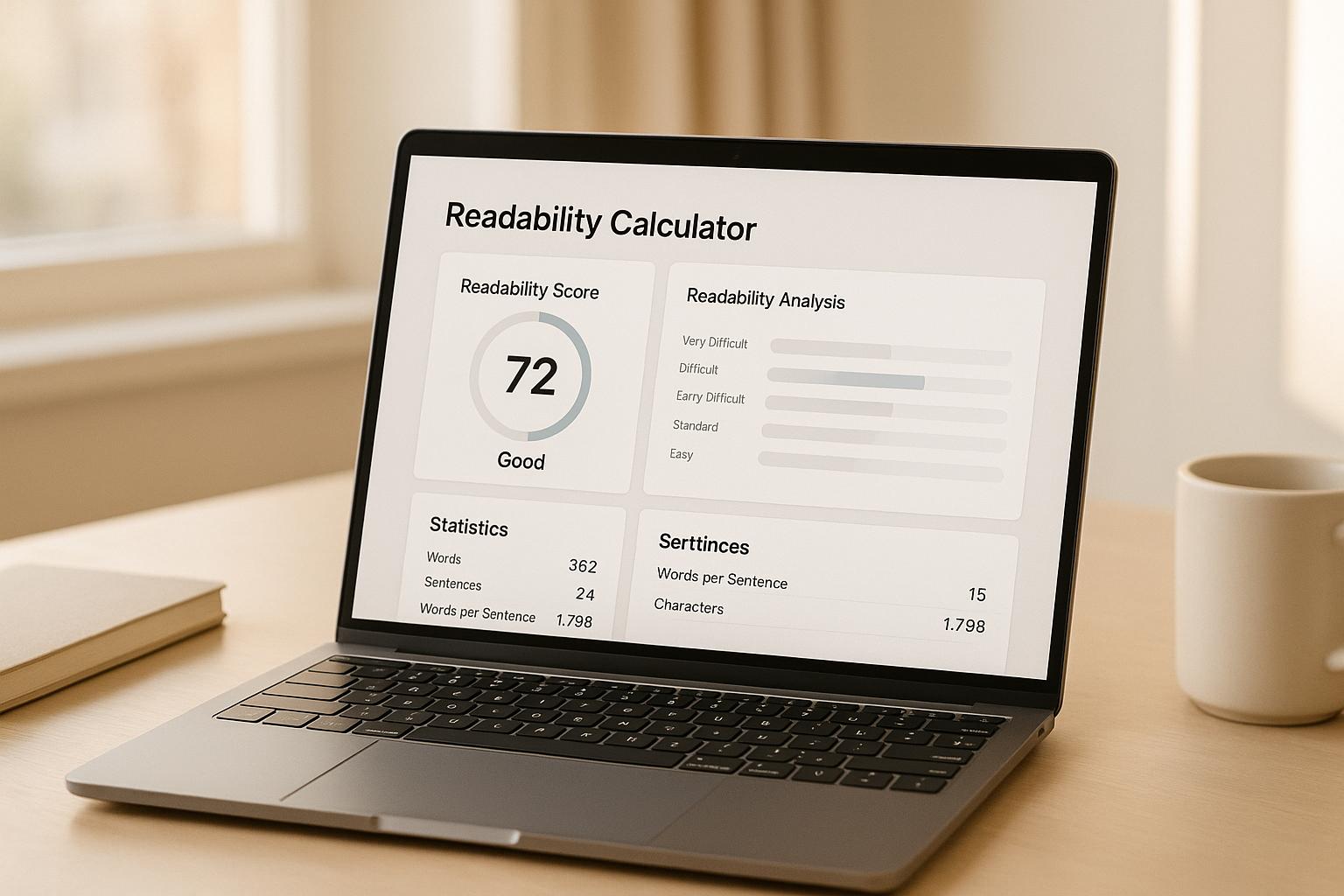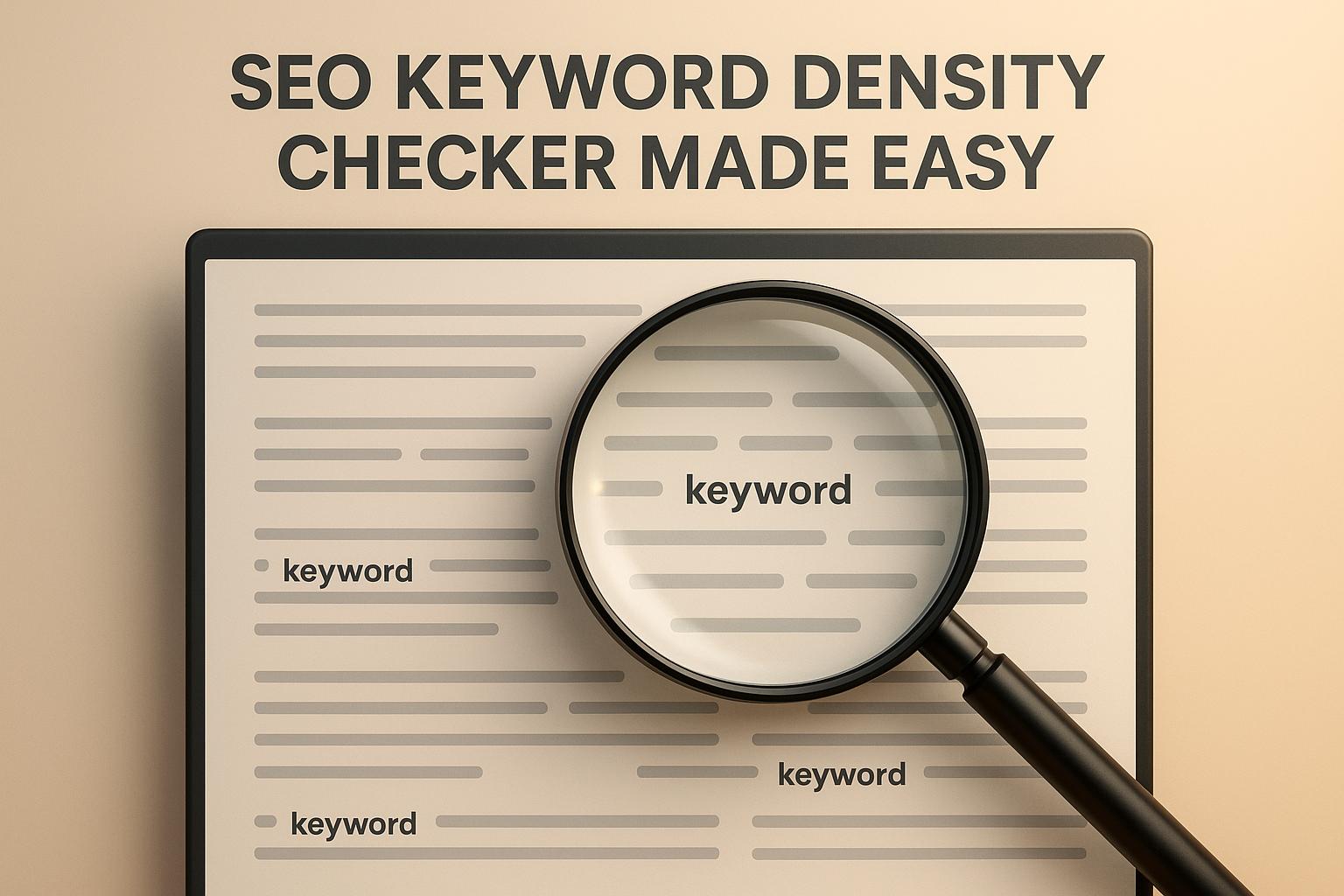

The Search Visibility Framework: 7 Steps to Win

The Search Visibility Framework: 7 Steps to Win
 04-09-2025 (Last modified: 04-09-2025)
04-09-2025 (Last modified: 04-09-2025)
Quick Takeaways
If you only have 60 seconds, here’s the essence of the Search Visibility Framework:
- Stop chasing rankings alone — focus on visibility across SERP features (featured snippets, AI answers, maps, videos).
- Audit your top queries — understand where you show up, and where you don’t.
- Capture featured snippets and AI citations — short answers + schema give you eligibility.
- Use video for high-intent searches — YouTube and Google love short, practical how-tos.
- Take small, measurable steps — test, refine, and build momentum with quick wins.

Why You Need a Search Visibility Framework
For years, SEO was about getting to page one of Google — ideally, the top three organic spots. That landscape has changed.
Now, users are presented with:
- Featured snippets
- People Also Ask boxes
- AI Overviews
- Video carousels
- Maps & local packs
- Image results
Traditional rankings still matter, but they’re no longer enough. You can hold position #2 organically and still lose most of the clicks if a featured snippet or video carousel pushes you down.
The Search Visibility Framework shifts your mindset:
It’s not just about where you rank — it’s about where you’re visible.
Step 1: Audit Your Top Queries
Before you optimize, you need to understand your current real estate in search.
How to Do It:
- Export your top 50 queries from Google Search Console.
- Use an SEO tool (Semrush, Ahrefs, Moz, etc.) to analyze:
- Current organic rank
- Which SERP features appear (snippets, FAQs, maps, video)
- Whether your content is included in those features
- Where competitors dominate instead
- Categorize opportunities into:
- Low-hanging fruit (queries where you rank but aren’t visible in features)
- Defend (queries where you already have visibility — protect them)
- Stretch goals (queries where competitors own the space, but you can compete with new assets).
Pro Tip: Document this in a simple spreadsheet — queries vs. features vs. your status. This becomes your visibility roadmap.

Step 2: Capture Featured Snippets with Short Answer Blocks
Featured snippets (aka “position zero”) often drive the most visibility. They appear as a highlighted box at the top of search results.
How to Optimize:
- Add a short, direct answer at the start of relevant sections. (40–60 words works best).
- Use question-based subheadings like “What is [topic]?” or “How to [do task]?”
- Format with bullet points or numbered steps when possible.
- Add FAQ schema so Google understands your Q&A structure.
Example:
Instead of burying the definition of A/B testing halfway down the page, open with:
“Website A/B testing is the process of comparing two versions of a webpage to determine which performs better for conversions, signups, or sales.”
This simple tweak can make your page snippet-eligible overnight.
Step 3: Implement Schema Markup
Schema markup is like leaving signposts for Google’s AI. It tells the search engine exactly what your content is about.
Priority Schema Types:
- FAQ schema for Q&A sections.
- HowTo schema for tutorials.
- Video schema for embedded videos.
- Product schema for e-commerce listings.
- Article schema for blog content (include author details + publish date).
Why It Matters:
- Schema makes you eligible for enhanced SERP features.
- It improves AI Overview interpretability (Google’s AI loves structured data).
- It increases your chance of brand attribution in citations.
Step 4: Target AI Overviews
Google’s AI Overviews (and competitors like Perplexity, Bing Copilot, and ChatGPT browsing) are the future of search visibility.
How to Optimize for AI:
- Write scannable, structured answers that AI can easily pull from.
- Build topical authority — cover entire themes, not just isolated keywords.
- Cite credible sources and link to reputable sites.
- Keep content up to date — AI prefers fresher results.
“AI Overviews reward the content that’s most trustworthy and clearest, not the content that shouts the loudest with keywords.” Becky Halls, Strategist at PageTest.AI
Step 5: Use Video to Capture Visibility
Video is one of the fastest-growing SERP features. Short, clear videos are favored in both Google search results and YouTube search.
How to Execute:
- Create 8–12 short “how-to” videos targeting high-intent queries.
- Keep them under 2 minutes when possible.
- Add transcripts and upload them with keyword-rich titles.
- Embed them back on your website for dual visibility.
Example Queries:
- “How to install WordPress plugin”
- “How to write a meta description”
- “How to run an A/B test”
These videos can:
- Rank on YouTube (the world’s second-largest search engine).
- Appear in Google’s video carousels.
- Increase time-on-page when embedded in your content.

Step 6: Prioritize a High-Impact Content Asset
Don’t spread yourself too thin. Pick one content asset that can become a visibility magnet.
Examples:
- A comprehensive pillar guide (e.g., “The Ultimate Guide to AI SEO”).
- An interactive tool (e.g., ROI calculator, keyword tool).
- A research study or survey in your niche.
Promote it across:
- Blog content
- Social channels
- Outreach campaigns
- Internal linking strategies
One well-built asset can earn links, citations, and SERP dominance across multiple features.
Step 7: Measure and Iterate
The Search Visibility Framework isn’t a one-time project — it’s ongoing.
Track:
- Organic rankings (traditional SEO).
- SERP feature wins (snippets, videos, maps).
- AI Overview citations (check queries manually).
- Click-through rates (are impressions turning into visits?).
Iterate:
- Double down on formats that get visibility (e.g., short answers, videos).
- Refresh content that slips out of snippets or AI citations.
- Keep adding schema where relevant.
Our Tip: Use PageTest.AI to run A/B tests on your content — test intros, list formats, and CTAs to see which versions perform best in both AI and user engagement.
Final Thoughts
The Search Visibility Framework is about thinking beyond rankings. By focusing on where your audience actually sees you—snippets, AI, videos, and maps—you protect your presence in a crowded SERP and capture the clicks that matter.
Start small:
- Audit your top 50 queries.
- Add schema + short answers.
- Create a handful of “how-to” videos.
These small, measurable steps add up fast.
As Ian Naylor from PageTest.AI puts it:
“Search success is no longer about position one. It’s about being visible in the right places at the right time.”
FAQ: Search Visibility Framework
Q1: What is the Search Visibility Framework?
It’s an SEO strategy that focuses on capturing visibility across SERP features like snippets, AI answers, maps, and video, rather than chasing rankings alone.
Q2: Why are SERP features important for SEO?
SERP features often appear above organic results, capturing the majority of clicks and impressions. Without them, even a high organic rank can lose visibility.
Q3: How do I find out if I’m showing up in SERP features?
Audit your top queries using SEO tools or manual searches to see if you’re included in snippets, video carousels, or AI Overviews.
Q4: Is schema markup necessary for search visibility?
It’s not mandatory, but schema helps Google understand your content and makes it eligible for enhanced SERP features.
Q5: What kind of videos should I create for SEO?
Short, practical “how-to” videos work best for high-intent queries. Keep them concise, add transcripts, and upload to YouTube as well as embedding on your site.
Q6: Can small businesses benefit from this framework?
Absolutely. Even low-traffic sites can capture micro-visibility (like FAQs, local maps, or video) that builds momentum over time.
say hello to easy Content Testing
try PageTest.AI tool for free
Start making the most of your websites traffic and optimize your content and CTAs.
Related Posts

 08-12-2025
08-12-2025
 Ian Naylor
Ian Naylor
Color Contrast Checker for Accessibility
Ensure your website is accessible with our Color Contrast Checker. Test color combos for WCAG compliance and get instant feedback!

 06-12-2025
06-12-2025
 Ian Naylor
Ian Naylor
Content Readability Calculator for Clarity
Check your text’s readability with our free calculator! Get Flesch-Kincaid and SMOG scores, plus tips to improve clarity for your audience.

 04-12-2025
04-12-2025
 Ian Naylor
Ian Naylor
SEO Keyword Density Checker Made Easy
Analyze keyword frequency with our free SEO Keyword Density Checker. Ensure your content is optimized and avoid overstuffing penalties!
